The driving forces behind junior hockey's super blockbusters
As of 3:12 p.m. PST on Tuesday, or 72 minutes after the Western Hockey League's annual trade deadline, Everett Silvertips general manager and head coach Dennis Williams hadn't fully collected his thoughts following a whirlwind week.
"I've barely taken a breath," Williams said over the phone from the team bus.
Last Thursday, Williams guided Team Canada to a gold medal at the World Junior Championship in Halifax. He flew across the continent Friday, then spent four sleep-deprived days negotiating trades, eventually finalizing four.
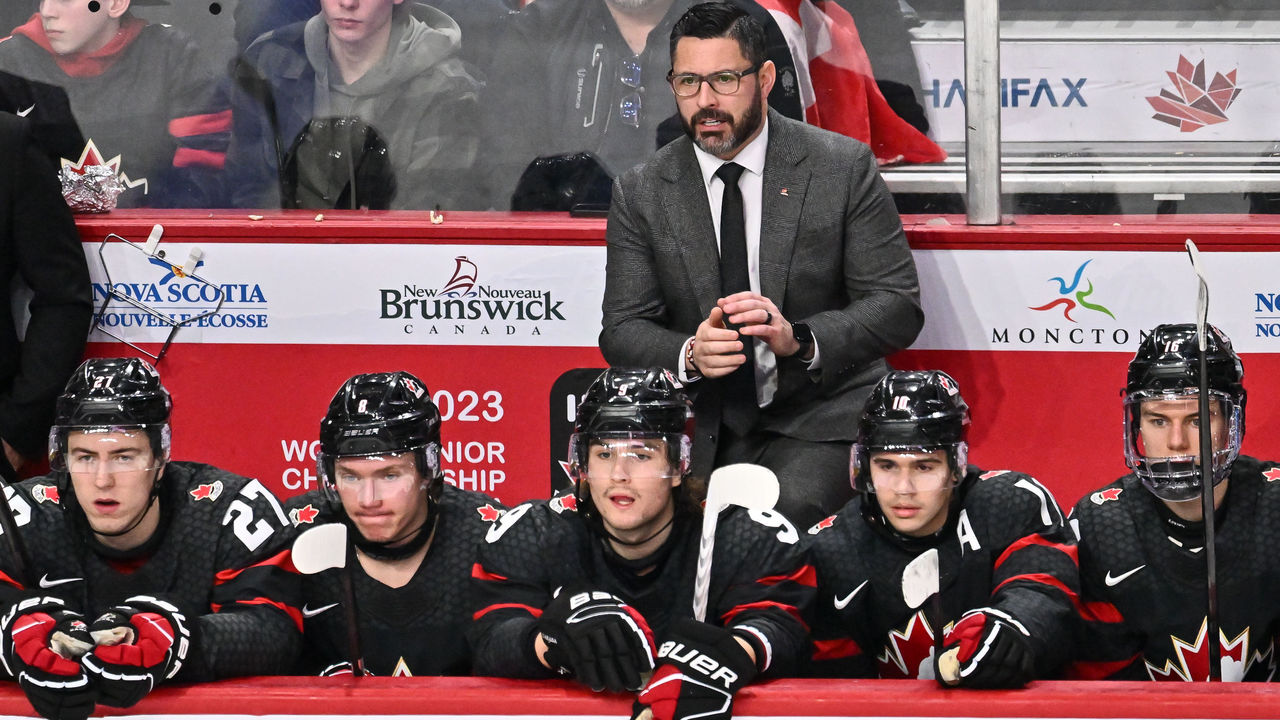
One of Williams' deals looked like something drummed up by a fanatical NHL 23 gamer. Everett sent NHL prospects Olen Zellweger and Ryan Hofer to the Kamloops Blazers in exchange for a brain-breaking 14 assets - four players, Kamloops' first-round pick in each of the next four drafts, and six other picks (one conditional).
"I'm not sure what I'm going to do with the picks," Williams said of either using or flipping them. "But we'll have options and options are good to have."
He's far from the only executive with "options" after a rush of trade activity in Canada's major-junior leagues. The Quebec Major Junior Hockey League approved 34 trades involving 32 players and 61 draft picks in the week leading up to its Jan. 6 trade deadline. The Ontario Hockey League registered 29 trades involving 47 players and a whopping 94 picks in its final week. The WHL greenlit 23 deals involving 44 players and 56 picks.
In 11 of the 86 total trades, the scope of the deal stretched to seven or more pieces. These super blockbusters aren't new to junior hockey. However, as Jim Hulton, GM of the QMJHL's Charlottetown Islanders, put it, trade packages have "escalated rapidly" over the past five years. Super blockbusters have become normalized, expected.
theScore spoke with eight GMs about the forces driving these trade markets. Here's what we learned.
'Bit of a high-wire act'
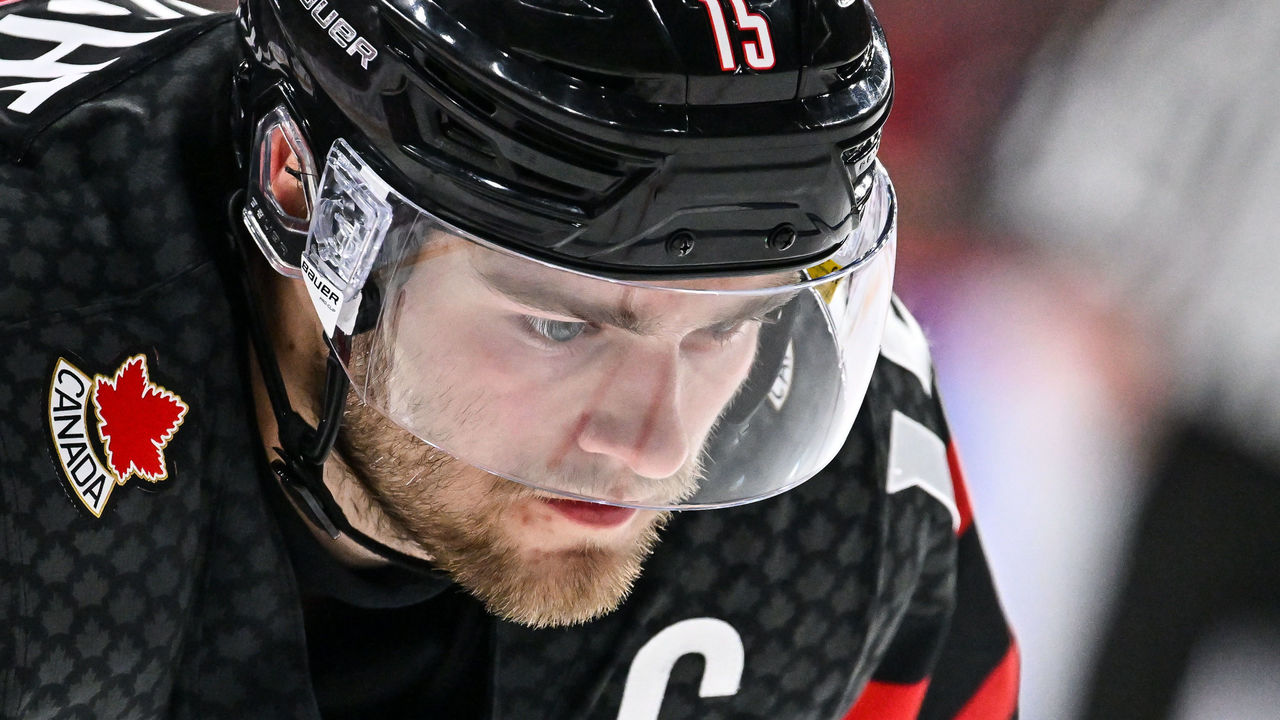
The most publicized trade of the past week is a fitting place to start.
Shane Wright, the 19-year-old captain of Canada's gold medal-winning squad and a veteran of 13 games at the NHL and AHL levels, was traded with a conditional 14th-round pick to the Windsor Spitfires for two players and a host of draft picks: a second, a third, two fourths, a sixth, and conditional fifth- and sixth-rounders.
Wright, who was granted exceptional player status to join the OHL as an underager in 2019, is purely a rental. He'll be a full-time NHLer next year.
Still, the Spitfires were willing to fork over valuable assets to the Kingston Frontenacs, including young building block Ethan Miedema, in part because a star player in junior tends to have a greater impact on wins and losses than a star in the pros. Windsor's ceiling rose significantly with the Wright addition.
"You just don't see players who are at their peak at a certain level - who can really, truly dominate - being traded in pro leagues," Soo Greyhounds GM Kyle Raftis said. "You rarely see an NHLer at his absolute peak being traded."
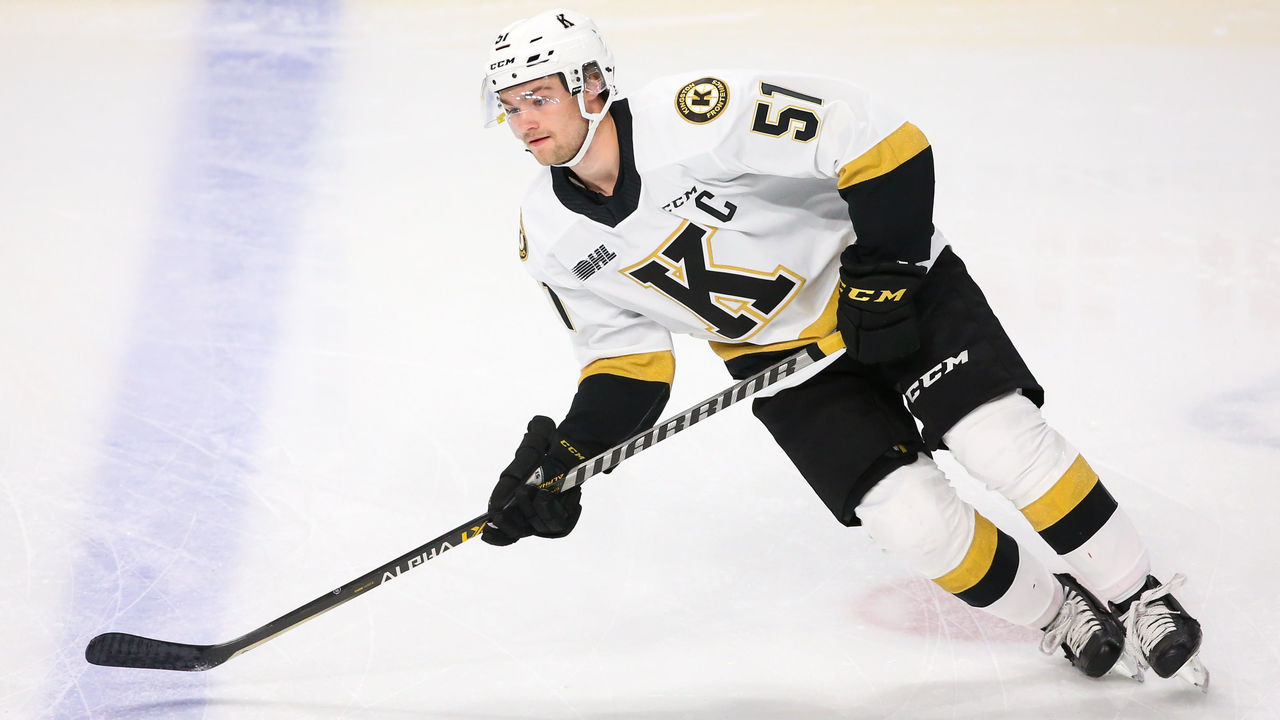
While teams in the WHL and QMJHL are allowed to swap first-round picks, OHL teams are not. Years ago, the league introduced the restriction to disincentivize long, winding rebuilds, Barrie Colts GM Marty Williamson said. Theoretically, it "protects" GMs from going all-in at every deadline.
Taking first-rounders off the table upgraded second-round picks to top trade chips. Yet when it comes time to actually draft players, a second is still a second. This dynamic leads to larger packages. For instance, instead of pairing a first with a second and a prospect - three pieces - a buying team might offer three seconds with three thirds and a prospect, or seven pieces.
"It looks like a lot, but it's the standard," Frontenacs GM Kory Cooper said of the Wright haul. Spitfires GM Bill Bowler, who's "ecstatic" Wright's a Spitfire, added: "It may look steep, but in my opinion it was a fair deal."
Cooper didn't know if Wright would be sent back to junior until after the gold-medal game last Thursday. Armed with a no-trade clause in his contract, Wright held the power, so he and his agent narrowed down the market for Cooper. The list of interested parties started at around seven and dwindled to four, then two, before the "exhausting" process concluded Monday.
Cooper characterized attempting to align the interests of the Frontenacs with the interests of Wright's camp, his NHL team in Seattle, and the Spitfires as "a bit of a high-wire act."
"It's like buying a house," Bowler said. "One person thinks it's worth this and the other person has another opinion. You look at history, you look at comparables, and you try to come up with what you think makes the most sense. You have to find a partner who can get on the same page."
Draft picks rule the day
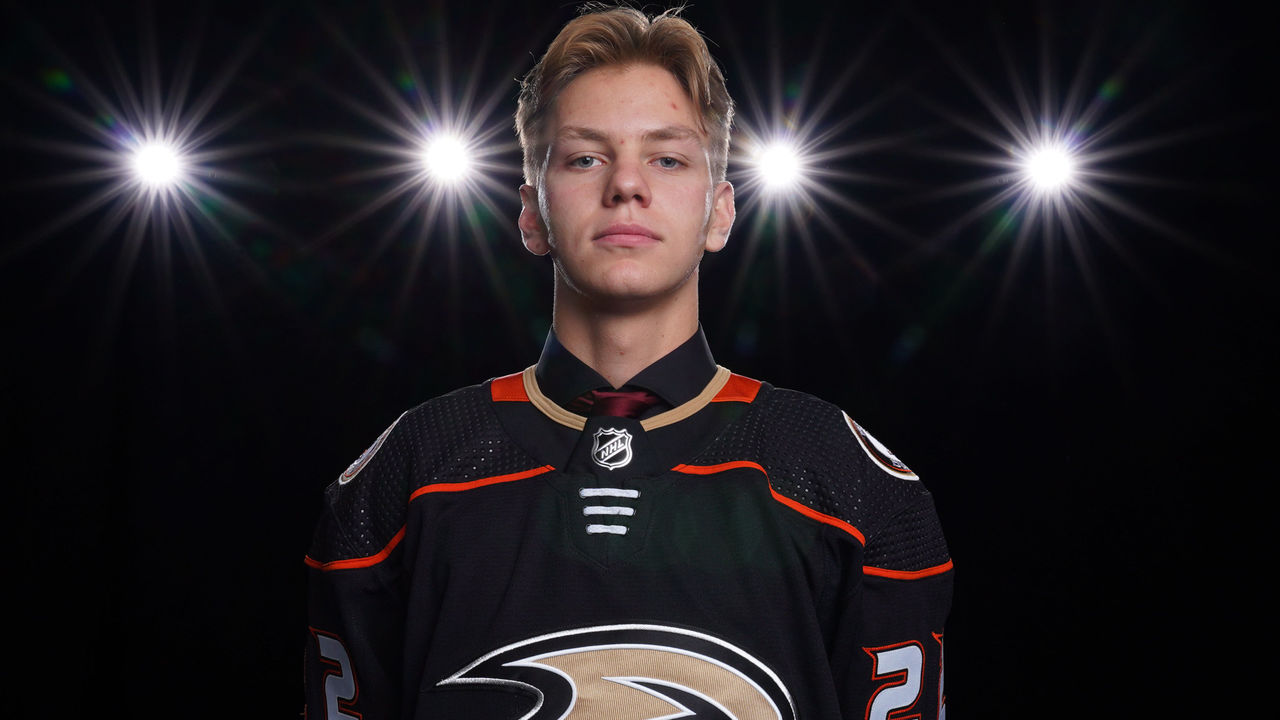
Another reason why draft picks dominate these super blockbusters: Buying teams are often desperate to add a star talent but unwilling to part with a sought-after 16- or 17-year-old player.
"If you can't move a young player, we're going to have to compensate with more draft picks," Saginaw Spirit GM Dave Drinkill said. "That's where it blew up to the deal we decided on involving Pavel."
Drinkill is referring to Pavel Mintyukov, the NHL first-round defenseman who's having a fabulous sophomore season in the OHL, amassing 55 points in 38 games. The Ottawa 67's, who sit atop the overall standings, sent Saginaw nine picks, three of them seconds, for Mintyukov.
The Spirit are 24-11-2, tying them for second place in the Western Conference. Drinkill believes the club can make a run in the postseason. Why trade Mintyukov?
"There's a breaking point as a GM where the offer's too good and you have to look at the future as well," Drinkill said. "It stings a little bit now, but the draft capital allows us to have some flexibility moving forward, whether it's in the summertime or next year at the deadline."
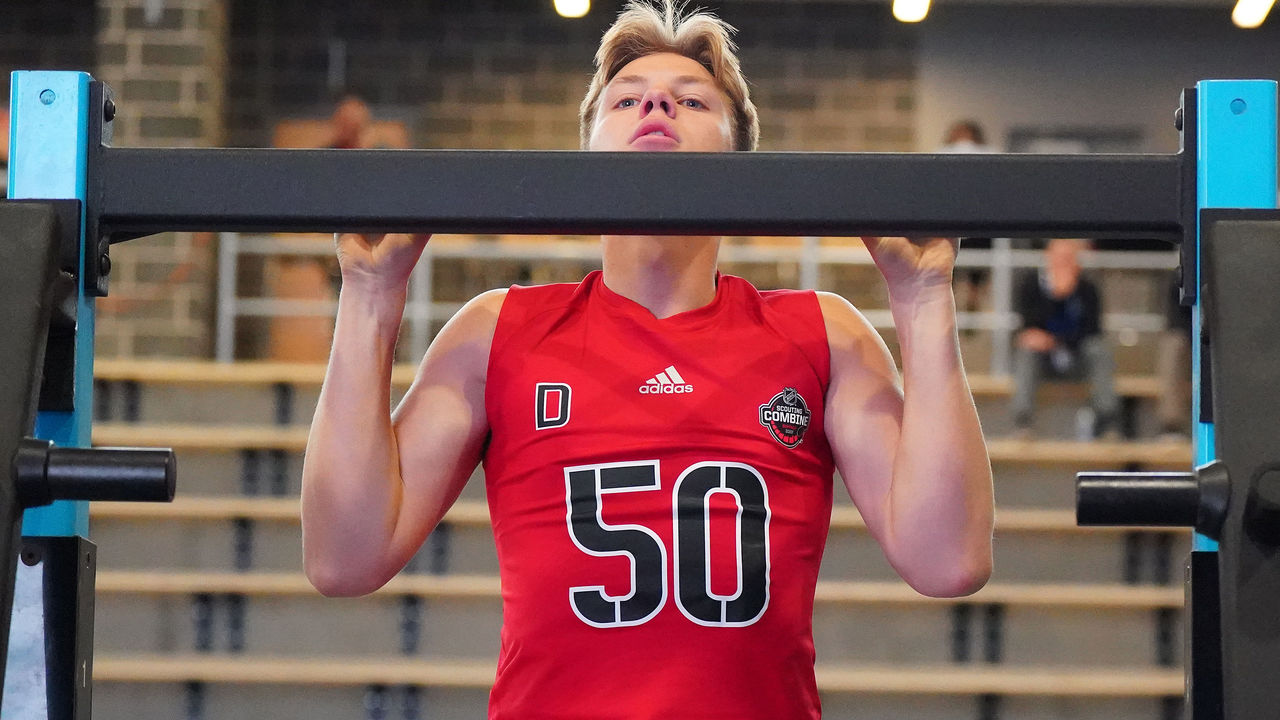
The market for Mintyukov began with around seven teams "kicking tires," Drinkill said, and "by the end maybe four or five" were serious suitors. The group of deadline buyers, or tire kickers, is usually five teams deep, not seven, according to Raftis, who's been running the Greyhounds since 2014.
This year's seller's market, coupled with the fact that Saginaw is one of four OHL teams bidding to host the 2024 Memorial Cup (Raftis' Soo is another), dulls the initial shock of the Mintyukov deal. Only highly competitive teams are chosen to host, so Drinkill must keep next season top of mind.
Leagues also restrict which picks can be swapped. In the QMJHL, teams can trade picks a maximum of three years into the future, while OHL and WHL teams can trade picks a maximum of four years out. This, like the prohibition on trading firsts in the OHL, limits the number of tradable assets at any given time and, to use Williamson's word, "protects" GMs from themselves.
"It handcuffs us from being too out of control," Drinkill said of the four-year timeline. "That's a weird thing to say because you look at some of the deals and you go, 'That's a little out of control.' But I like the rule."
"These picks," Cooper said, "are our currency at the end of the day."
Some offers can't be refused
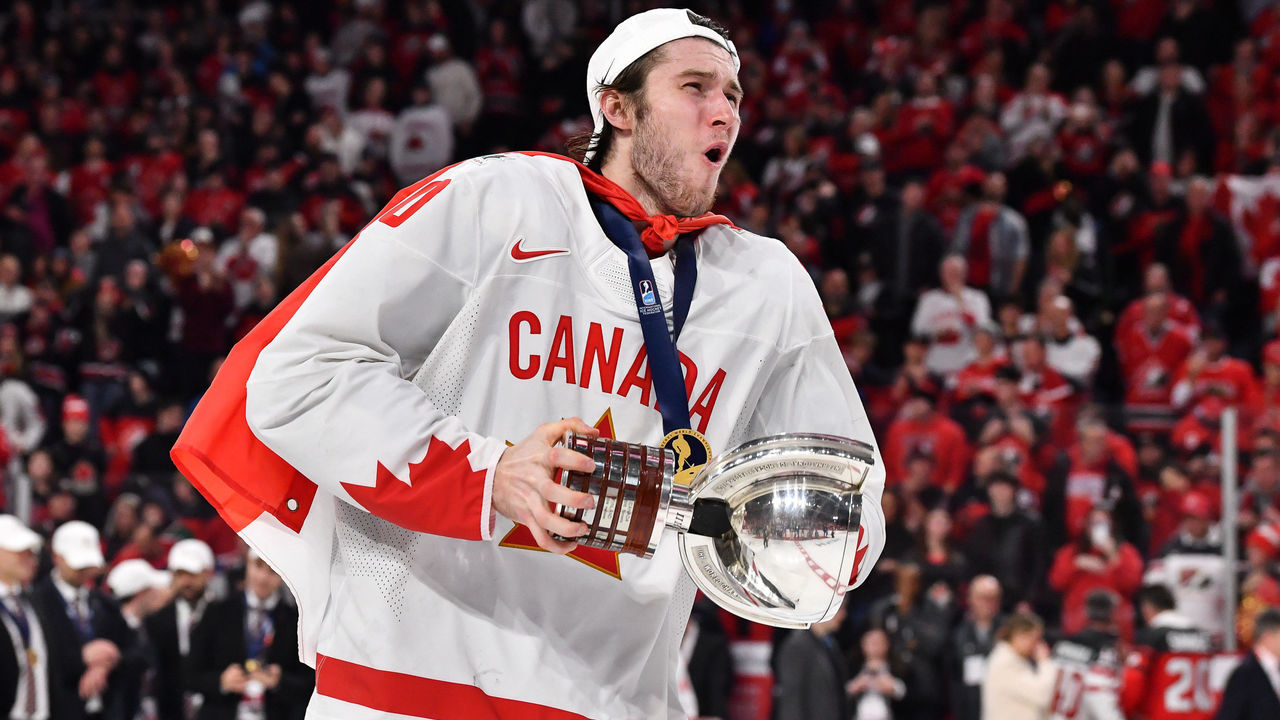
The consensus among the GMs interviewed is that historically, deadlines have played out something like this: One contender goes full-tilt in the QMJHL, stacking its roster with multiple marquee names. Several teams split the stars in the OHL. And trade activity in the WHL is relatively tame.
This year, the WHL's wow factor intensified as competition for trade targets grew fierce. In the final week of trading, the Blazers, Seattle Thunderbirds, and Winnipeg Ice all pulled off super blockbusters, while the Portland Winterhawks and Red Deer Rebels reeled in impact players via smaller packages.
The Vancouver Giants were one team that never intended to sell but ultimately did. GM Barclay Parneta told rival executives all year that captain Zack Ostapchuk wasn't available. Shortly after winning gold, though, Ostapchuk became a hot commodity. Even so, only a "crazy" offer would satisfy Parneta.
Three teams submitted unsolicited mega offers over the final few days, and Parneta felt compelled to share them with the Giants' majority owner and their head of business operations. "'Guys, this is insane,'" Parneta told them. "'This is something we might have to consider.' Then it just grew from there."
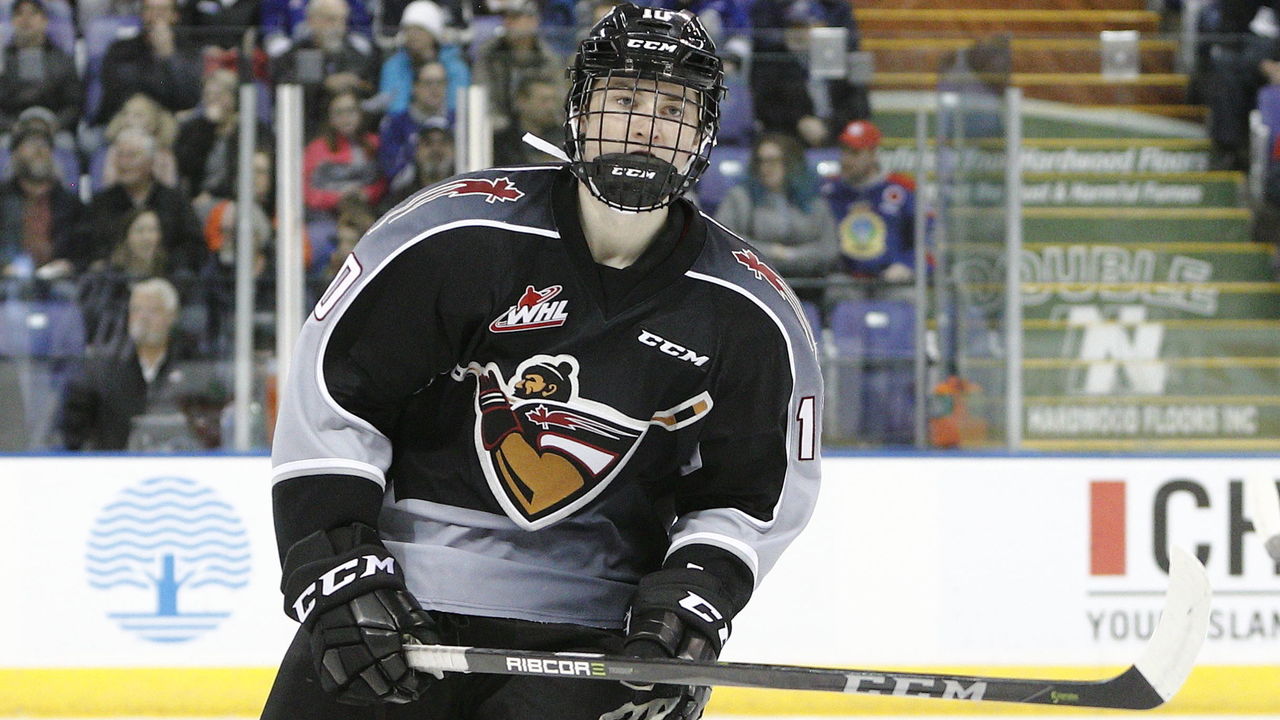
The eventual deal with Winnipeg - four players, three first-round picks, and a fifth-round pick for Ostapchuk - brought both new players and picks to Vancouver. It wasn't exclusively a short-term or long-term move, which was ideal for Parneta. "I'd love to say I'm a genius GM …" he joked of his good luck.
"People might think this will be something normal," Parneta cautioned of this year's WHL deadline. "I think it's very unique with the circumstances of the Memorial Cup being held in Kamloops, other teams feeling like they can do something special, and there not being many sellers."
GMs across Canada brought up an overlooked factor affecting teams' deadline choices: Owners in all three leagues are anxious for playoff revenue after taking massive financial hits during the pandemic. That eighth-place team, for example, is buying or staying put - not selling - because the priority is securing home playoff games.
Today's GMs can also draw on better data to support extreme decisions.
"Years ago, there was enormous value put on your first-round pick. Then you start running the numbers, the analytics on draft picks, and how many of these are hits?" Hulton, the QMJHL GM, said. "You start doing the math on firsts, seconds, thirds, whatever, and they go to their owner and say, 'I'm confident that we can recover from this, and here's our recovery plan.'"
Hulton said some folks in the QMJHL believe the league's recent success at the Memorial Cup - champion at three straight tournaments - can at least in part be traced back to the top team's aggressive approach at the deadline.
At the same time, like many of his peers and those of us on the outside, Hulton is prone to raise an eyebrow when a super blockbuster comes across his feed.
"We've had conversations behind closed doors about where the prices are going," he said. "Where does it stop?"
John Matisz is theScore's senior NHL writer. Follow John on Twitter (@MatiszJohn) or contact him via email ([email protected]).
HEADLINES
- Sens' Ullmark takes leave of absence for personal reasons
- Matthews lauds improved power play in win over Senators
- Panthers' Tkachuk practices for 1st time this season
- Blue Jackets' All-Star defenseman Werenski placed on injured reserve
- Lundell, Sabourin fined following penalty-heavy Panthers-Lightning tilt